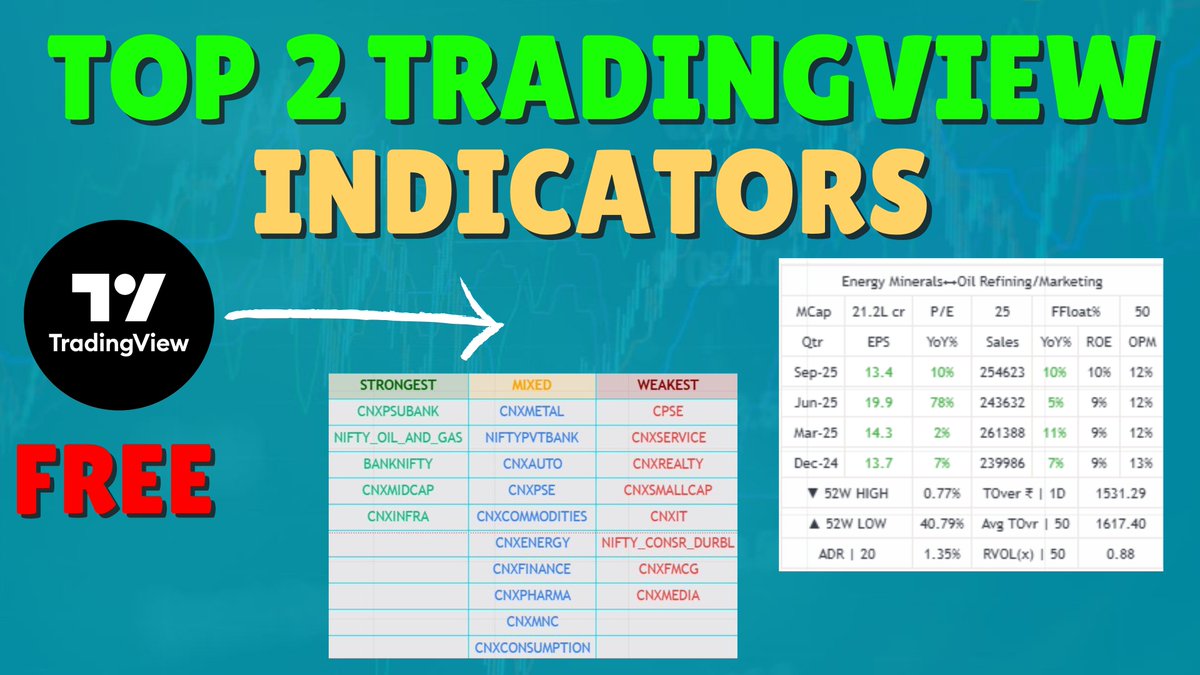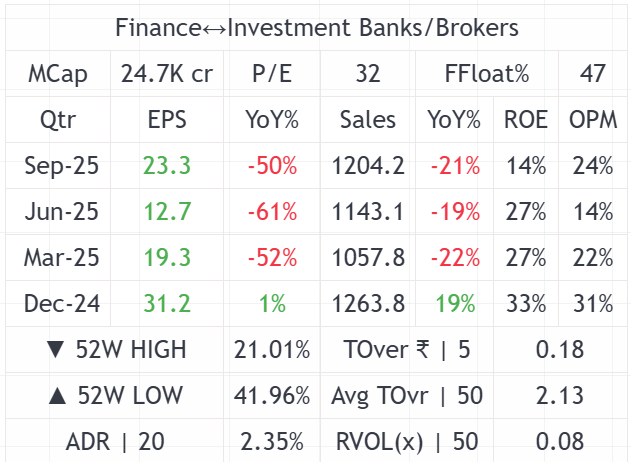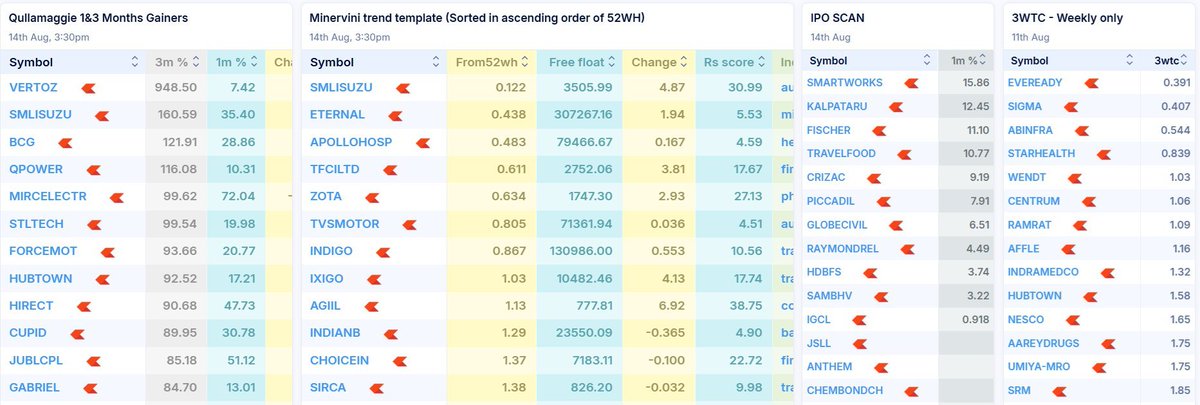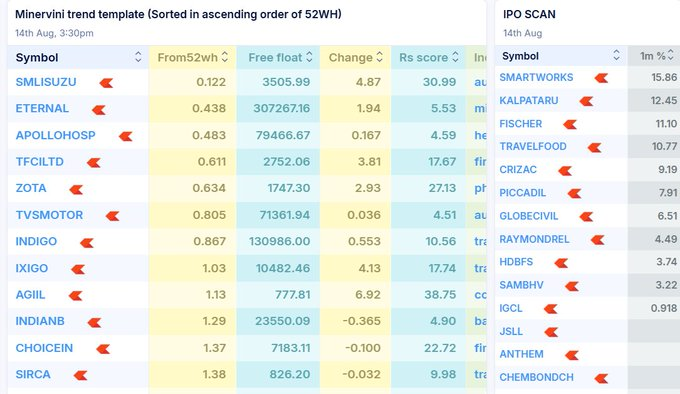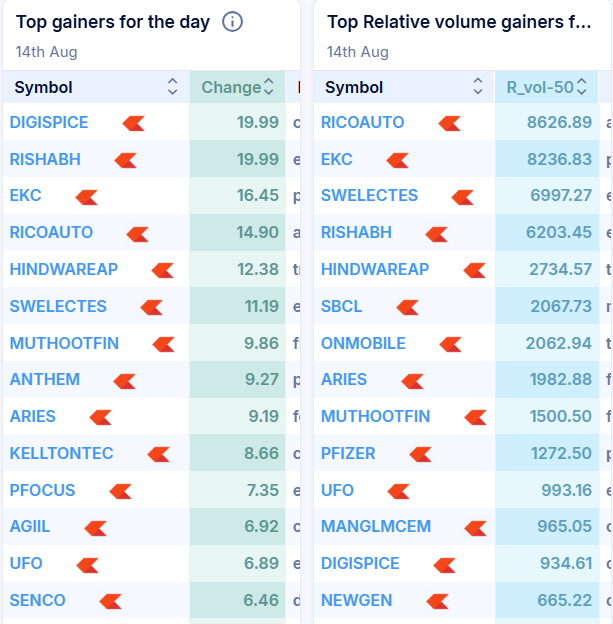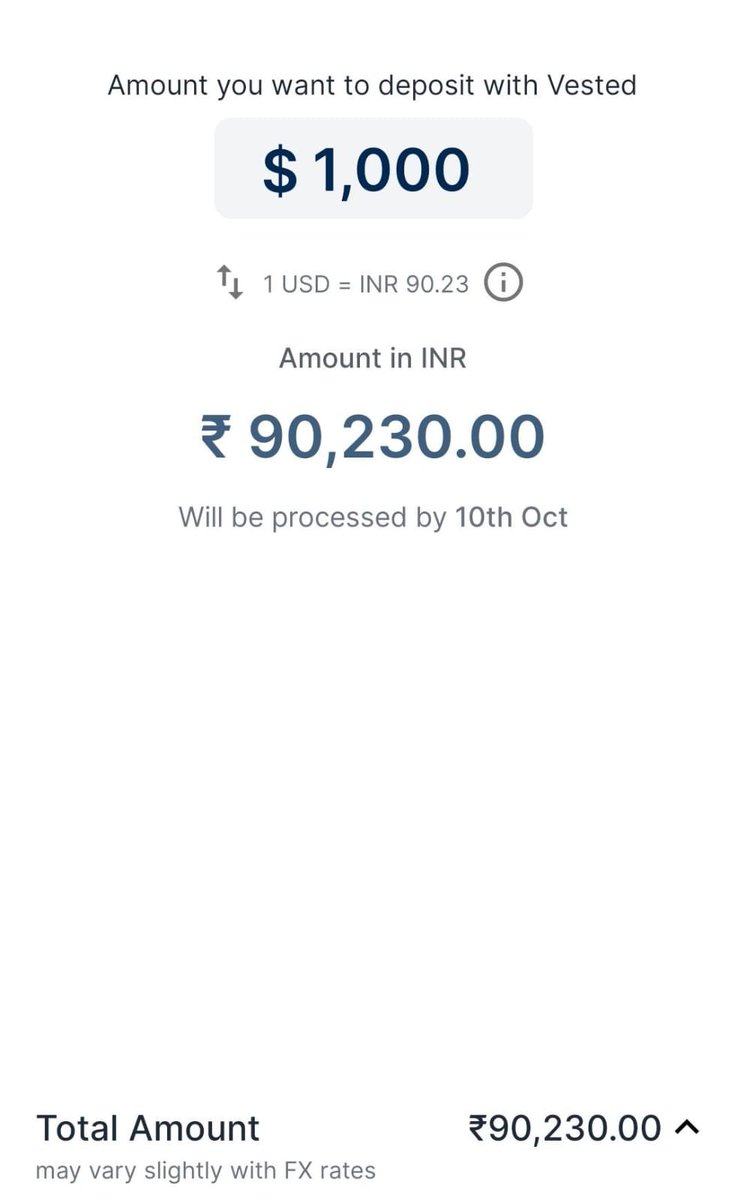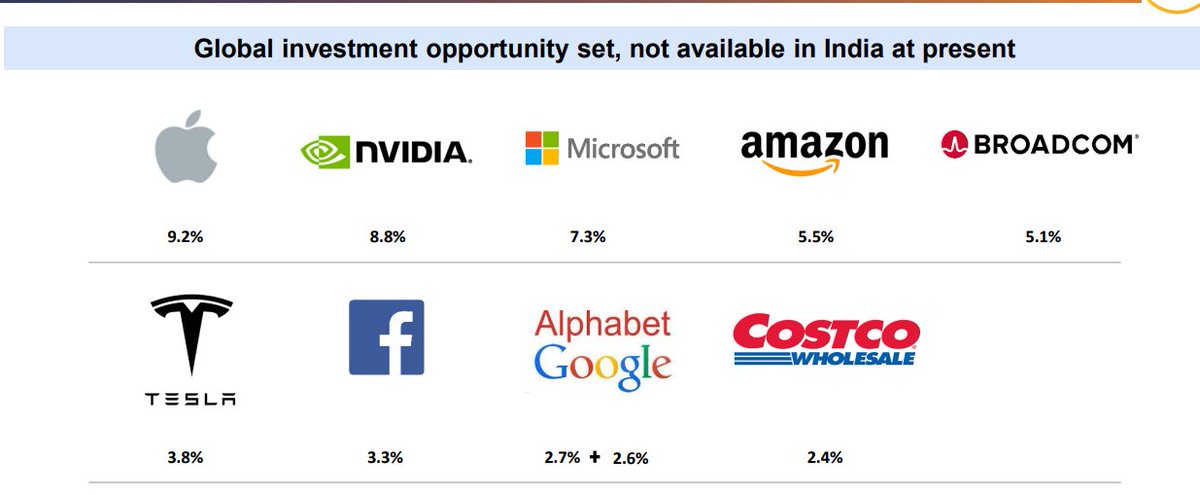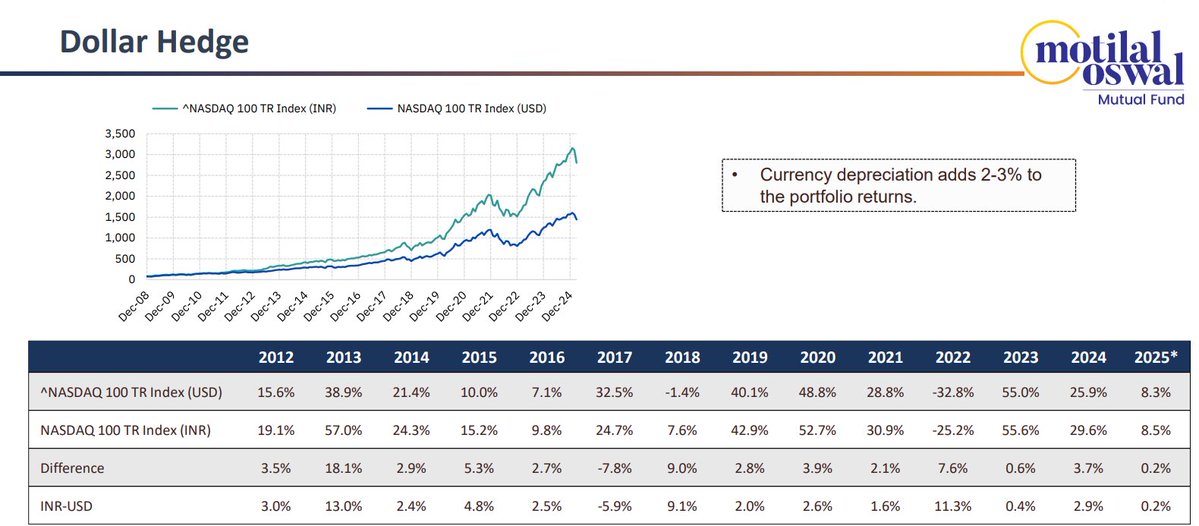What are the Different ways of plotting Stop Loss ?
An Eye Opening Thread on
Why Stoploss ?
5 Different Methods Based on Stock Trend
Retweet And Share !
An Eye Opening Thread on
Why Stoploss ?
5 Different Methods Based on Stock Trend
Retweet And Share !
WHAT IS STOP LOSS ?
Name Itself suggests STOP the LOSS
Stop-losses prevent large and uncontrollable
losses in volatile trades.
It is to limit the losses so that we are alive to
take the trade on next day
2/n
Name Itself suggests STOP the LOSS
Stop-losses prevent large and uncontrollable
losses in volatile trades.
It is to limit the losses so that we are alive to
take the trade on next day
2/n
If you’re not using stop-losses, it’s only a matter
of time when a large losing position will get out of
control and wipe out most of your trading profits,
eventually even your entire account!
Stop-losses also play a major role in risk
management
3/n
of time when a large losing position will get out of
control and wipe out most of your trading profits,
eventually even your entire account!
Stop-losses also play a major role in risk
management
3/n
5 METHODS OF PUTTING STOP LOSS
📌Stoploss Below Support
📌Moving Averages Stoploss
📌Horizontal Stop loss
📌Trendline StopLoss
📌Supertrend StopLoss
4/n
📌Stoploss Below Support
📌Moving Averages Stoploss
📌Horizontal Stop loss
📌Trendline StopLoss
📌Supertrend StopLoss
4/n

1. Stoploss Below Support
Most common method of putting stoploss is below the horizontal support.
If the buyer demand is strong the stock generally takes support on near this area.
This is purely based on supply and demand of that stock
Supports also break during weak markets
5/
Most common method of putting stoploss is below the horizontal support.
If the buyer demand is strong the stock generally takes support on near this area.
This is purely based on supply and demand of that stock
Supports also break during weak markets
5/

Use strong supports as stoploss where there has been a long consolidation
Stock should be in sideways trend of 4 to 8 weeks for a proper base formation .
Keep stop loss at 5-8% below support to have room for volatility .
In the end it depends upon your buypoint
6/n



Stock should be in sideways trend of 4 to 8 weeks for a proper base formation .
Keep stop loss at 5-8% below support to have room for volatility .
In the end it depends upon your buypoint
6/n




2. Support Below Retest: Horizontal
A concept of Reversal of Polarity
Resistance after being broken becomes support and Support after being broken becomes resistance
A general pullback where the strength of buyers is checked and if strong stock generally reverses .
7/n


A concept of Reversal of Polarity
Resistance after being broken becomes support and Support after being broken becomes resistance
A general pullback where the strength of buyers is checked and if strong stock generally reverses .
7/n



Sometime a stock may fall a little below the level and hence room for volatility should be given of areound 5 to 7%
This may also lead to False Breakout
8/n

This may also lead to False Breakout
8/n


3. Moving average stoploss
The “well known” moving averages, such as the 50, 100, 200 daily moving averages act as natural support and resistance.
21 ema Momentum Trades
50 ema short term trades
200 ema positional trades
200 Weekly ema Long term trades
9/n
The “well known” moving averages, such as the 50, 100, 200 daily moving averages act as natural support and resistance.
21 ema Momentum Trades
50 ema short term trades
200 ema positional trades
200 Weekly ema Long term trades
9/n
Moving Averages in this charts
21 : Red
50 : Green
200 : Black
Shouldn’t be used in sidways stocks , either it should be clear uptrend or clear downtrend
Refer Pic
10/n
21 : Red
50 : Green
200 : Black
Shouldn’t be used in sidways stocks , either it should be clear uptrend or clear downtrend
Refer Pic
10/n

200 Weekly Ema
A fundamentally strong will generally stay over weekly 200 ema .
This can a stop loss for your investment which are above 5+ years
There can a period where you may get stopped out and need to reenter but that is small price to pay for saving big losses
12/n

A fundamentally strong will generally stay over weekly 200 ema .
This can a stop loss for your investment which are above 5+ years
There can a period where you may get stopped out and need to reenter but that is small price to pay for saving big losses
12/n


4. SUPERTREND
Supertrend uses the concept of ATR or Average True Range. ATR is yet another indicator that gives you market volatility value
It is mutilplied by some factors to generate buy sell signals .
It works really well in trending market and not advised In sideways trend


Supertrend uses the concept of ATR or Average True Range. ATR is yet another indicator that gives you market volatility value
It is mutilplied by some factors to generate buy sell signals .
It works really well in trending market and not advised In sideways trend



5. TRENDLINE
Trendline as Trailing Stop Loss.
1. Trending stock Tends to pullback on trendlines
2. This could be areas of fresh buying or you can shift your Stop loss to upside
3. As soon as trendline is broken then you can sell a stock and take reverse position
14/n
END



Trendline as Trailing Stop Loss.
1. Trending stock Tends to pullback on trendlines
2. This could be areas of fresh buying or you can shift your Stop loss to upside
3. As soon as trendline is broken then you can sell a stock and take reverse position
14/n
END




Read My Thread on
How To Avoid Big Lossess in Trading :
Options Basic Theory :
15/n
How To Avoid Big Lossess in Trading :
https://twitter.com/JayneshKasliwal/status/1487313991991181315?s=20&t=l2Fp3BodRAxBdrCpL7F_4g
Options Basic Theory :
https://twitter.com/JayneshKasliwal/status/1487671283223773186?s=20&t=l2Fp3BodRAxBdrCpL7F_4g
15/n
To LEARN More Join
Swing Trading MentorShip Program
4 sundays of 2 hours with recording
Covering Pure Price Action , Relative Strength, Risk Management, Moving Average and How to find Super Stocks
Screener Dashboards , Usage
LINK FOR ENQUIRY:
wa.link/si4jn4
Swing Trading MentorShip Program
4 sundays of 2 hours with recording
Covering Pure Price Action , Relative Strength, Risk Management, Moving Average and How to find Super Stocks
Screener Dashboards , Usage
LINK FOR ENQUIRY:
wa.link/si4jn4

• • •
Missing some Tweet in this thread? You can try to
force a refresh






